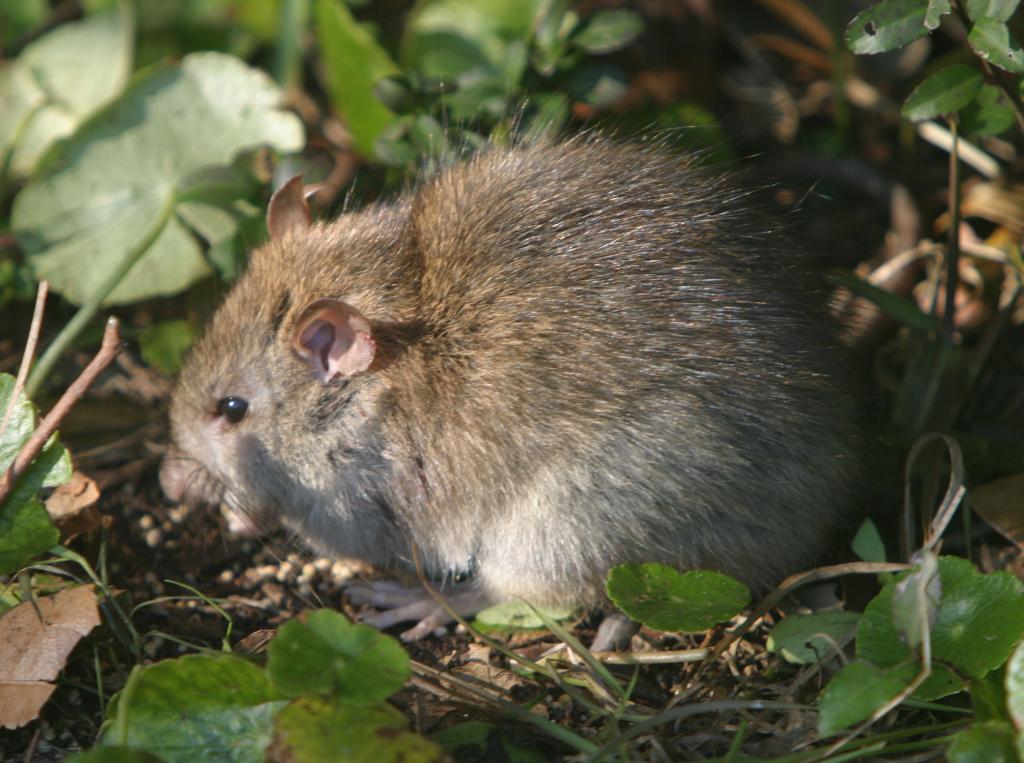|
| Distribution |
Undoubtedly found statewide in NC.
Native to eastern Siberia and China, but introduced into the New World around 1775. It now occurs over nearly all of North America except for the colder regions in the Far North. |
| Abundance |
Common to abundant nearly statewide, though less common in the middle and higher elevations, but still at least common. There are surprisingly few photo reports submitted to the iNaturalist website, though new county records were added by the editors to the map. Perhaps few people care to photograph a Brown Rat or a Roof Rat and thus bother to submit a report of these non-native species to that website. And, there are few recent museum specimens, again likely to apathy in collecting or taking a dead rat to a museum! |
| Seasonal Occurrence |
Active year-round. |
| Habitat |
Almost strictly near man -- in cities, towns, and farm areas, especially so in buildings, sewers, around garbage dumps, etc. It also occurs in various fields and brushy areas, even into some marshes, including salt marshes. |
| Behavior |
Essentially nocturnal. Occurs in sizable groups, especially in damp places such as sewers. |
| Comments |
This species -- traditionally named as the Norway Rat -- is slightly larger than the closely related Roof Rat (often called the Black Rat) and displaced it from most areas of the state many decades ago. The distribution map below hardly does justice to the range of the species today, as certainly it is present in all 100 counties. It is likely the most disliked mammal species in the state, as its presence signals "filth" and potential disease. At least, the species serves man by being a lab favorite for a variety of testing of medicines. |
| Origin |
Introduced |
| NC List |
Official |
 State Rank State Rank |
SE |
| State Status |
|
 Global Rank Global Rank |
G5 |
| Federal Status |
|
| subspecies |
Rattus norvegicus norvegicus |
| other_comName |
Norway Rat |
| synonym |
|



